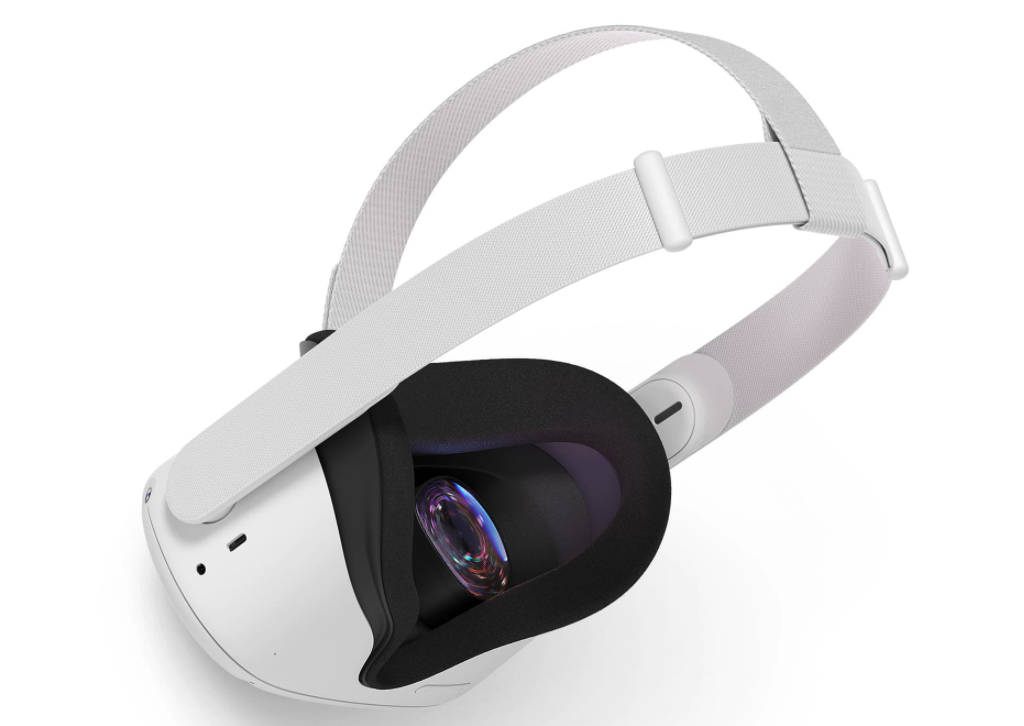Virtual reality has come a long way in just a few years since the Oculus Rift launched its Kickstarter campaign in 2012. Once Facebook jumped into the fray, dropping $2 billion to purchase Oculus, product development kicked into high gear at several companies. Real consumer products started hitting the market in recent years and now as we enter 2021, the industry looks poised to begin really gaining traction with consumers.
If you’re considering picking up your first VR headset product, here are a few tips to help you along the way in making the best choice.

Standalone or Tethered
This is probably the first choice buyers need to make when considering the various VR headset products available today. They come in one of three distinct flavors.
Standalone
This means the VR headset and controllers are effectively the whole system. These products don’t need a computer or gaming platform in order to get started playing games. Instead, they get you right online, accessing a library of games (which varies by the manufacturer). This means no cables to worry about if you get up and start walking around your environment. One big benefit is that there are no cords to trip over as you enter the VR world. Note: some standalone VR products also offer cord accessories that allow you to connect to a PC.
Tethered
As you would expect, this means the VR headset needs to connect to either a PC or gaming platform in order to function.
PC – These VR products connect to a PC to play games. This means you will be connected to your PC by a cord. Some cords are described as a bit bulky in various product reviews. The connection to a PC can mean more processing power, larger game libraries, etc.
Console – Instead of connecting to a PC, these VR products use a cord to connect to your gaming console (PlayStation, etc.). The bonus is they provide access to popular games you will recognize from your console. But, one downside is that they obviously are console dependant, so your Sony PlayStation VR only works with the Playstation and its library of games.
But that’s not all you have to consider. Next up is how immersive you want your experience to be.
Motion Trackers and Immersion
Every VR headset includes some type of motion tracking tech built into the product. However, some come with external base stations you post around your VR room, in order to create an even more immersive experience. It’s hard to say which will work best for you, but one rule of thumb might be whether you plan to play fully immersive games where you may move around the space physically or if you would rather stay largely in one place (seated or standing) without wandering around too much.
Price
In the end, price is always a key factor in any gaming or entertainment system and this is certainly the case with VR headsets. Prices range from around $299 for a standalone product like the Oculus Quest 2 to easily $1,000 for all the equipment you’ll need to get a Valve Index system up and running (not including a compatible PC).
Pro Tip – If you go with a Tethered PC product, make sure your PC is up to the task. You need a reasonable amount of processing power, upgraded graphics card, memory capacity, video port, etc. in order to have the headset work properly. Many PCs are now up to the task out of the box, without necessary upgrades, but you don’t want to run into that surprise when you try to connect your new VR headset for the first time. So, check the recommended and minimum PC specs from the VR headset manufacturer before purchasing.
